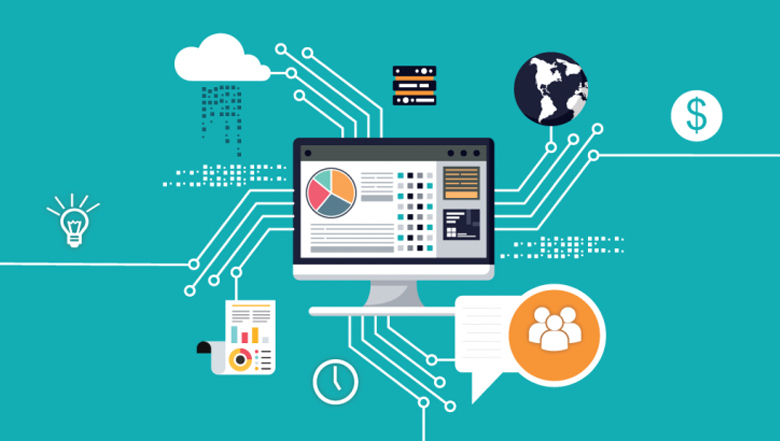Supply Chain Analytics
Supply chains are complex systems involving multiple businesses and organizations with different goals and objectives. Many different analytical methods and techniques are used by researchers and practitioners alike to better design and manage their supply chains. This business and management course introduces the primary methods and tools that you will encounter in your study and practice of supply chains. We focus on the application of these methods, not necessarily the theoretical underpinnings.
We will begin with an overview of introductory probability and decision analysis to ensure that students understand how uncertainty can be modeled. Next, we will move into basic statistics and regression. Finally, we will introduce optimization modeling from unconstrained to linear, non-linear, and mixed integer linear programming.
This is a hands-on course. Students will use spreadsheets extensively to apply these techniques and approaches in case studies drawn from actual supply chains .

How does supply chain analytics work?
Analytics represent the ability to make data-driven decisions, based on a summary of relevant, trusted data, often using visualization in the form of graphs, charts and other means.
Supply chains typically generate massive amounts of data. Supply chain analytics helps to make sense of all this data — uncovering patterns and generating insights.
What are the types of supply chain analytics?
Different types of supply chain analytics include:
Descriptive analytics
Provides visibility and a single source of truth across the supply chain, for both internal and external systems and data.
Predictive analytics
Helps an organization understand the most likely outcome or future scenario and its business implications. For example, by using predictive analytics, you can project and mitigate disruptions and risks.
Prescriptive analytics
Helps organizations solve problems and collaborate for maximum business value. Helps businesses collaborate with logistic partners to reduce time and effort in mitigating disruptions.
Cognitive analytics
Helps an organization answer complex questions in natural language — in the way a person or team of people might respond to a question. It assists companies to think through a complex problem or issue, such as “How might we improve or optimize X?”
Applying cognitive technologies
Supply chain analytics is also the foundation for applying cognitive technologies, such as artificial intelligence (AI), to the supply chain process. Cognitive technologies understand, reason, learn and interact like a human, but at enormous capacity and speed.
This advanced form of supply chain analytics is ushering in a new era of supply chain optimization. It can automatically sift through large amounts of data to help an organization improve forecasting, identify inefficiencies, respond better to customer needs, drive innovation and pursue breakthrough ideas.
Key features of effective supply chain analytics
The supply chain is the most obvious face of the business for customers and consumers. The better a company can perform supply chain analytics, the better it protects its business reputation and long-term sustainability.
In The Thinking Supply Chain, IDC’s Simon Ellis identifies the five “Cs” of the effective supply chain analytics of the future:
Key features of effective supply chain optimization include:
Connected
Being able to access unstructured data from social media, structured data from the Internet of Things (IoT) and more traditional data sets available through traditional ERP and B2B integration tools.
Collaborative
Improving collaboration with suppliers increasingly means the use of cloud-based commerce networks to enable multi-enterprise collaboration and engagement.
Cyber-aware
The supply chain must harden its systems from cyber-intrusions and hacks, which should be an enterprise-wide concern.
Cognitively enabled
The AI platform becomes the modern supply chain’s control tower by collating, coordinating and conducting decisions and actions across the chain. Most of the supply chain is automated and self-learning.
Comprehensive
Analytics capabilities must be scaled with data in real time. Insights will be comprehensive and fast. Latency is unacceptable in the supply chain of the future.